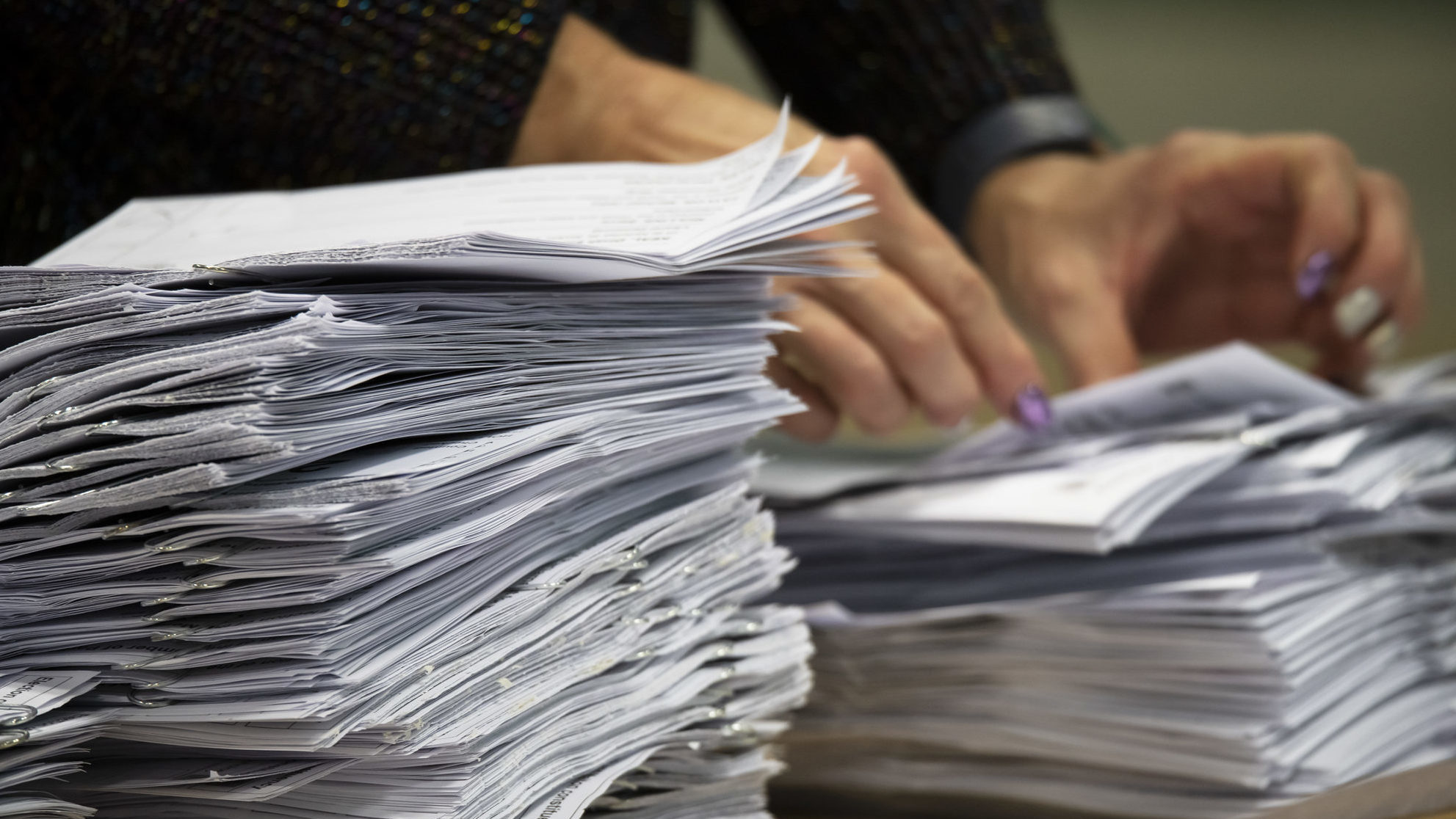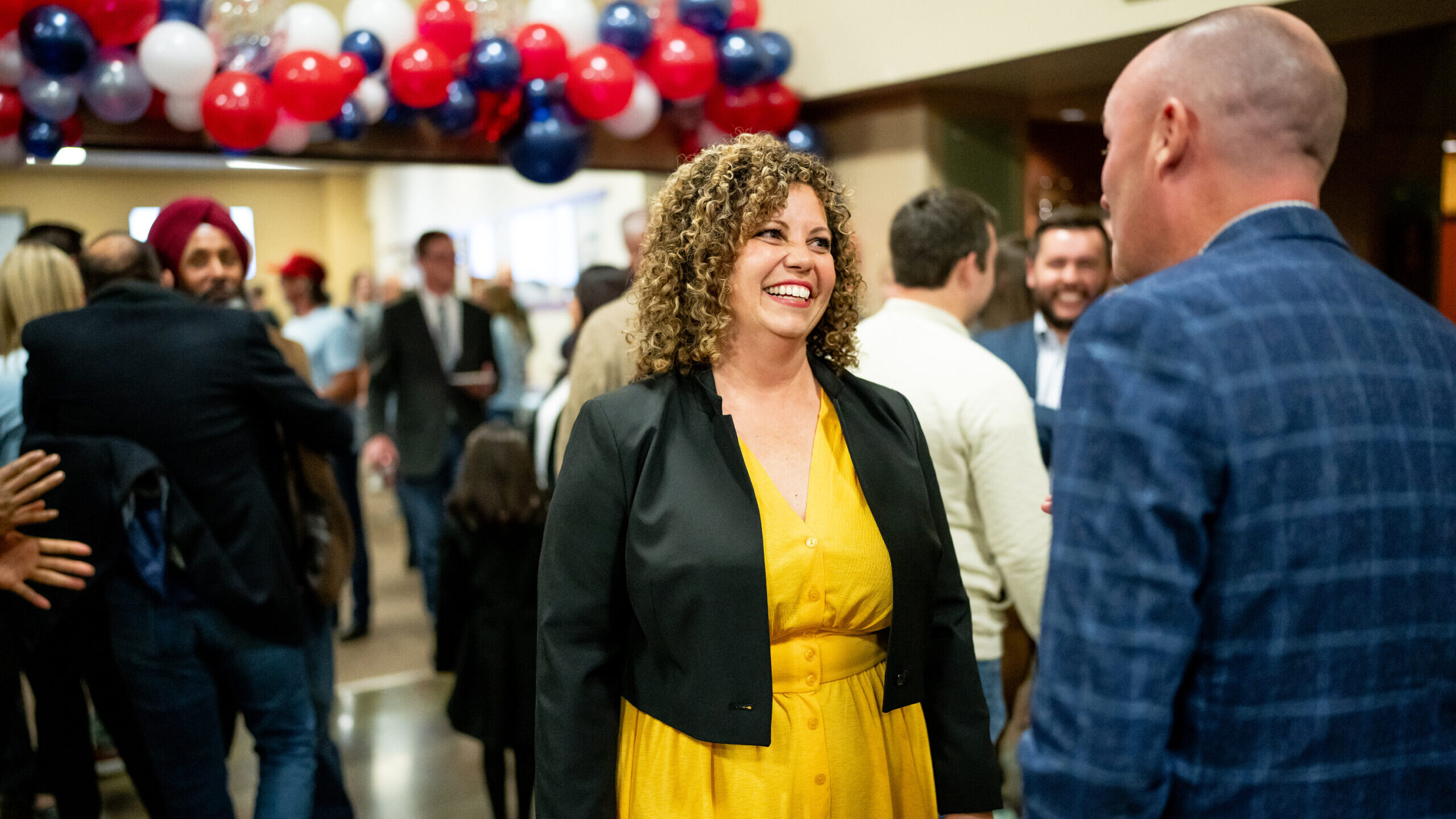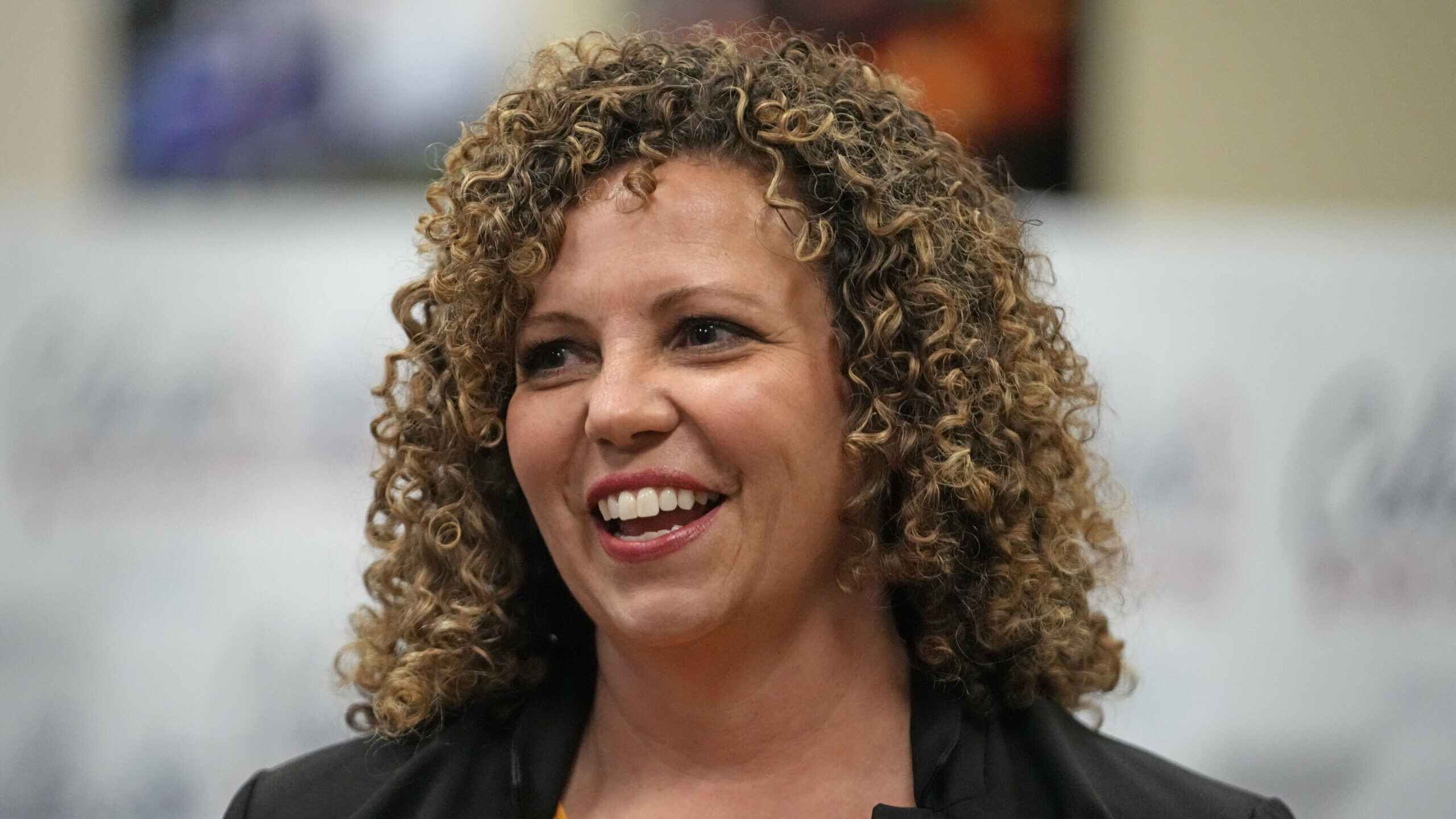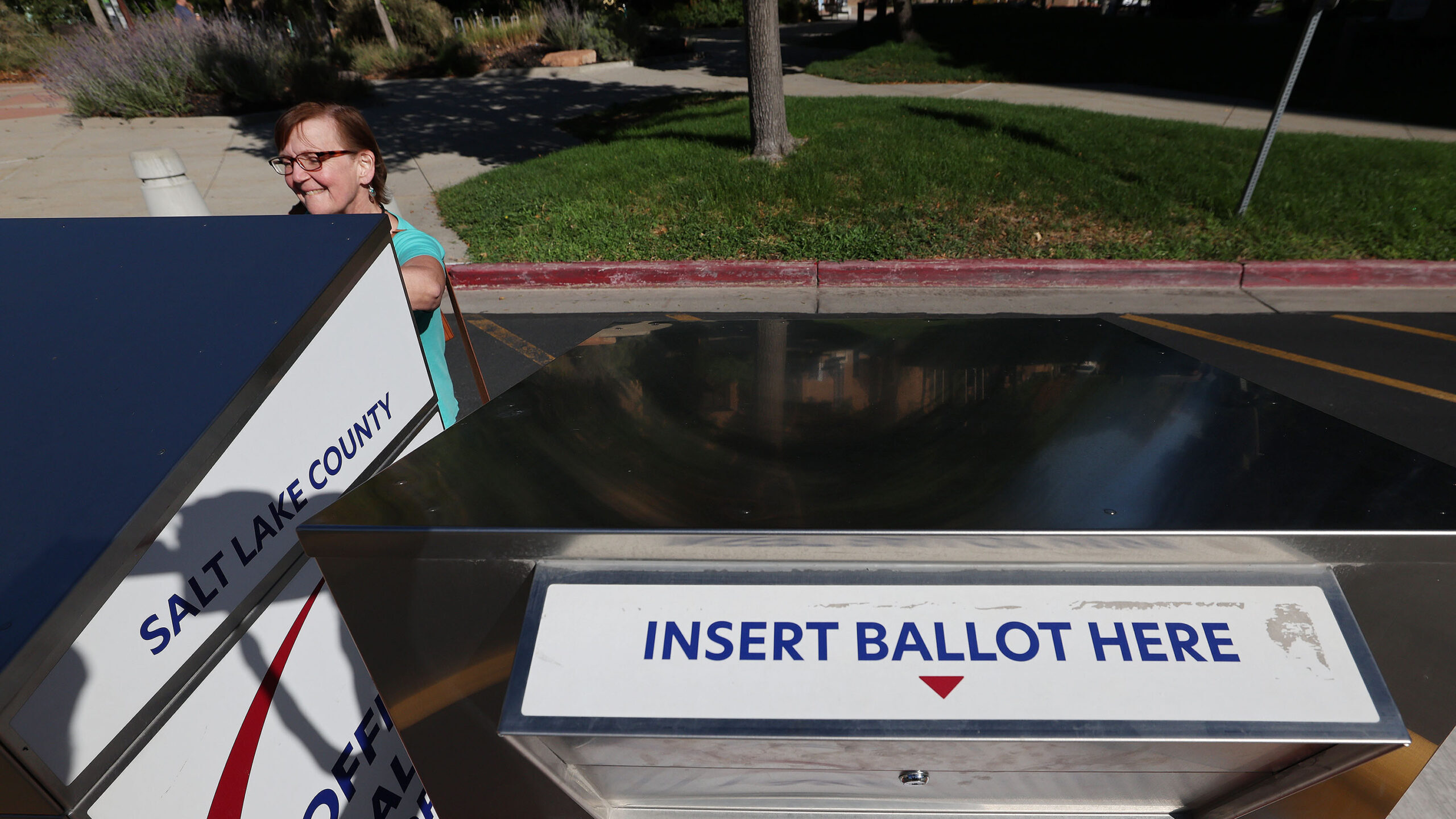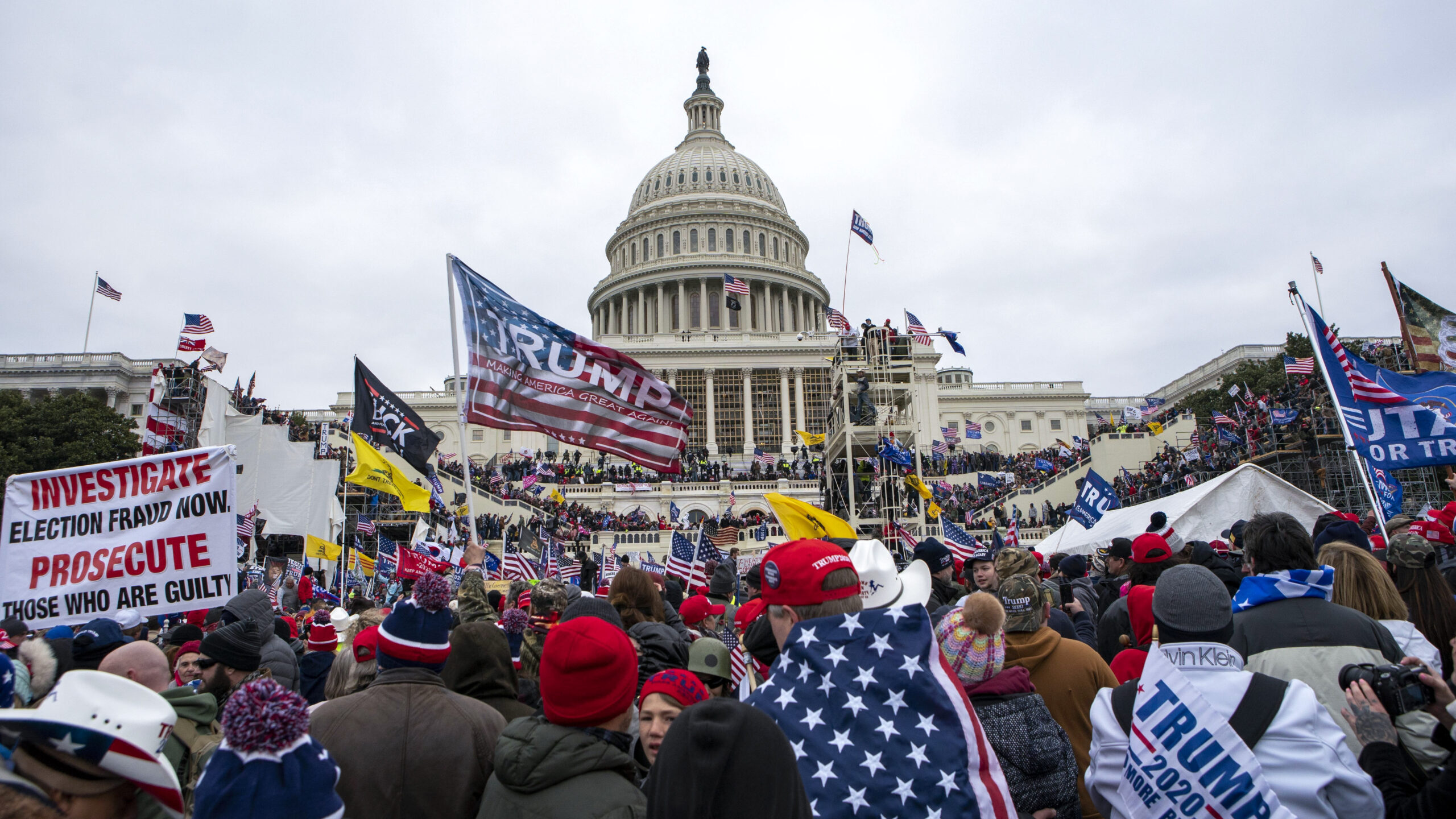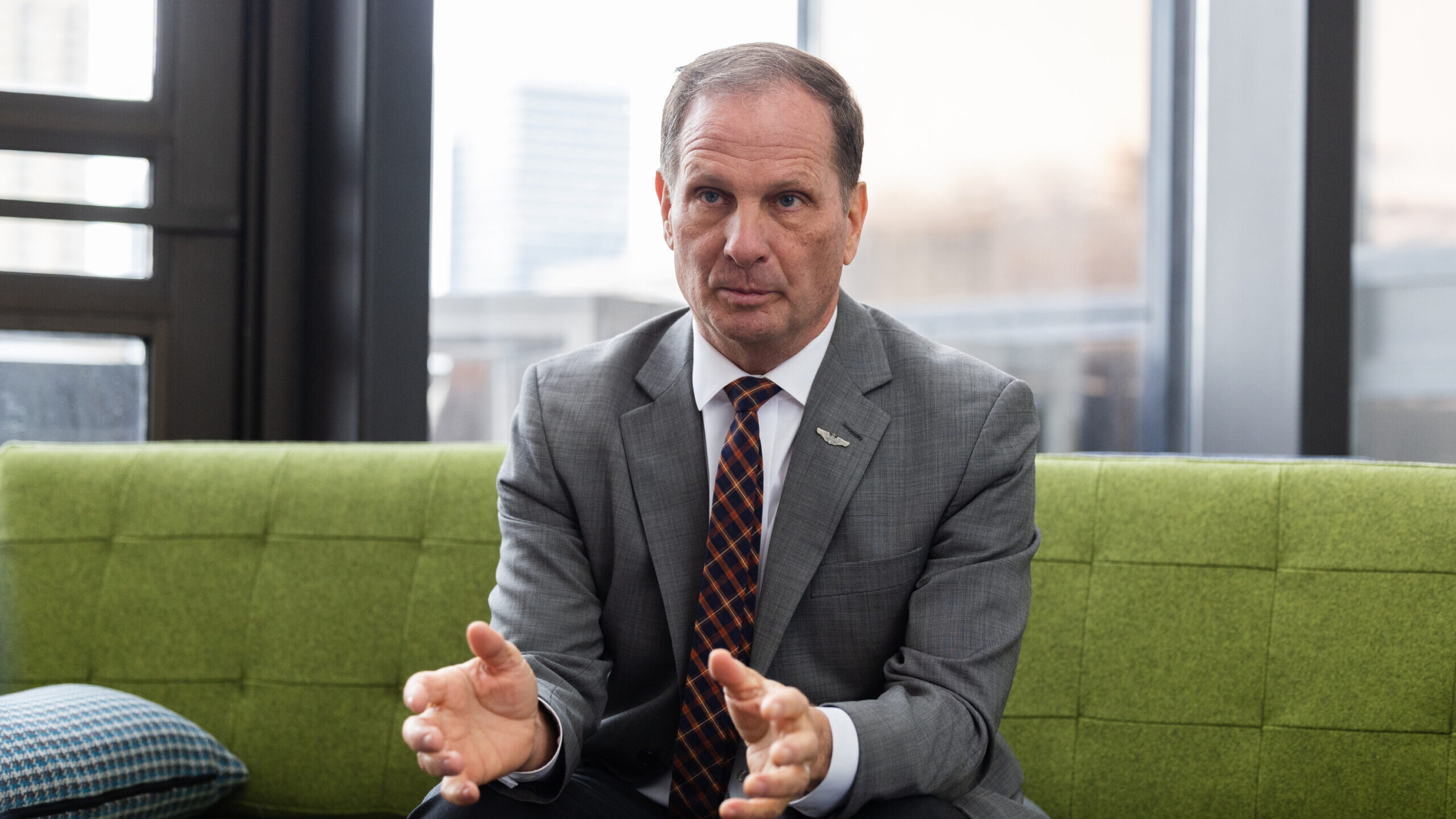Predicting turnout in Utah’s CD2 special election proves unpredictable
Aug 15, 2023, 7:15 PM | Updated: Sep 11, 2023, 11:16 am
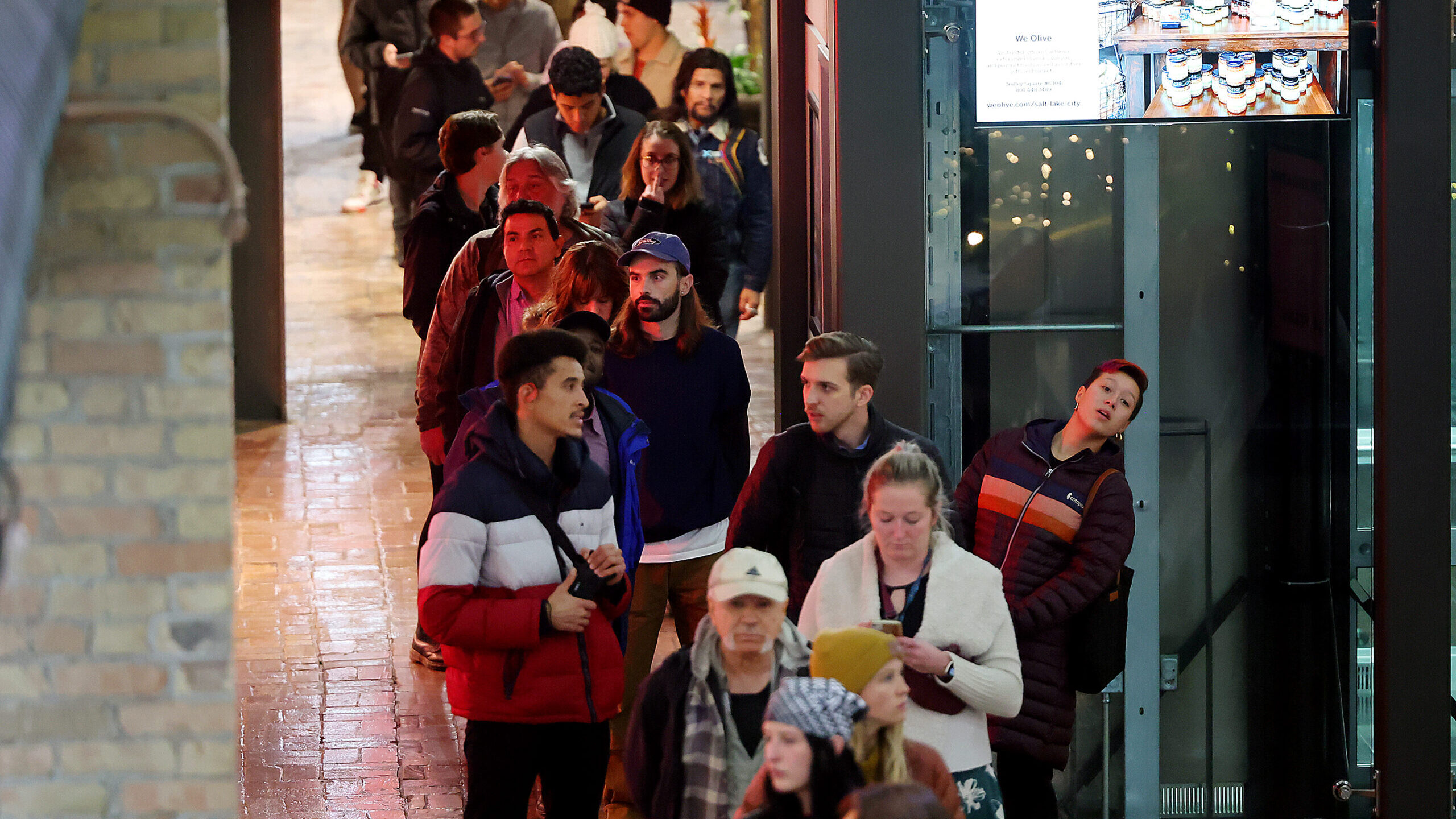
FILE: Voters line up at Trolley Square in Salt Lake on Tuesday, Nov. 8, 2022. In the special election for Utah's 2nd Congressional District, the timing is calling into question how many voters will show up at the polls. (©Scott G Winterton/Deseret News 2022)
(©Scott G Winterton/Deseret News 2022)
SALT LAKE CITY — Political scientists often look to elections of the past and the issues of the day to predict Utah election turnout. But a few factors are making voter turnout a little more unpredictable this year. One factor is a primary election the day after Labor Day. And another, the high-stakes congressional special election primary race encompassing much of rural and southern Utah.
Primary election day for Utah’s municipal elections and the special election in Utah’s 2nd Congressional District — falls on Sept. 5, the Tuesday after Labor Day weekend.
An election day falling the day after a long holiday and the unofficial end-of-summer weekend is what’s worrying Utah’s largest county clerk.
“It’s kind of a shot in the dark,” said Salt Lake County’s Clerk, Lannie Champan.
“But I’m hoping that because we’re mailing ballots 21 days prior to the election, that will give [voters] time to review their ballot,” she said. “It’s a short ballot.”
When do ballots typically get returned?
Weber County Clerk Ricky Hatch said historically, about half the ballots are turned in the weekend before election day.
“With that falling on a holiday weekend, that could cause a slight decrease in voter turnout as voters realize that they’re now too late [and] they get distracted because of the holiday,” he said.
But, Hatch didn’t think it would be a huge problem because of voting by mail.
“If we moved Election Day and you have to vote on Election Day, and it was the day after Labor Day, I think you’d see a dramatic dip,” he said.”Whereas with vote-by-mail, you have three weeks.”
The last time this happened
It’s been six years since Utah last had municipal elections and a special congressional election held simultaneously. That was in 2017 after Jason Chaffetz resigned and now Rep. John Curtis, R-UT, was first elected. Utah election turnout in that special election was around 40 percent.
But that election did not have a primary near a holiday. Additionally, the race in Utah’s 2nd Congressional District has its own unique dynamics.
As of this writing, there are 210,106 active registered Republicans in Utah’s 2nd Congressional District, according to state elections office data.
And what drives voters to the polls (or ballot box) is often what — and who — is on the ballot.
Urban versus rural vote
Celeste Maloy won the GOP convention becoming the party’s nominee by touting her southern Utah roots. Southern Utah delegates coalesced around her after fellow southern Utah resident Jordan Hess dropped out and endorsed her.
Since then, she spent much of her campaign touting those rural roots.
“I grew up in a single wide trailer, in a tiny town, where I thought I was a nobody from nowhere. Now, I’m a candidate for the United States Congress. I want to spend the rest of my life protecting the American Dream,” she has said.
Meanwhile, Becky Edwards is from Davis County and was a lawmaker there for 10 years. Davis County is one of the more populated counties where she hopes to pull from voters already familiar with her work, and her state-wide Senate run in 2022.
Bruce Hough, who lives outside the district, believes his experience as a national committeeman for Utah’s GOP and decades of business experience can carry him.
In short, a big question is whether rural and southern Utahns will coalesce behind a southern Utah candidate.
Historically low municipal election turnout
Meanwhile, municipal elections may get a boost from the 2nd Congressional District race.
Historically, Utah’s municipal election turnout is light. According to Hatch, it’s often under 20%. But voting by mail, he said, always bumps that up.
“You can guarantee a 30% to 40% turnout if you’re doing a vote-by-mail election.”
Coupling the municipal with the special election has the chance to help Utah election turnout in the cities from the 13 counties within the 2nd Congressional District.
“I suspect that will bump it up … maybe up to about 40% and maybe even higher, it’s gotten a lot of attention,” Hatch said.
“In the non-CD2 cities, 25% to 30% for the municipal primaries,” Hatch estimated.
The dates of the municipal elections were pushed back to accommodate filling Rep. Chris Stewart’s vacant seat as quickly as possible.
Knowing the shift in election days might cause confusion, Utah lawmakers set aside money for voter education when they passed the bill to change the dates.
County clerks hope people will return their ballots early.


